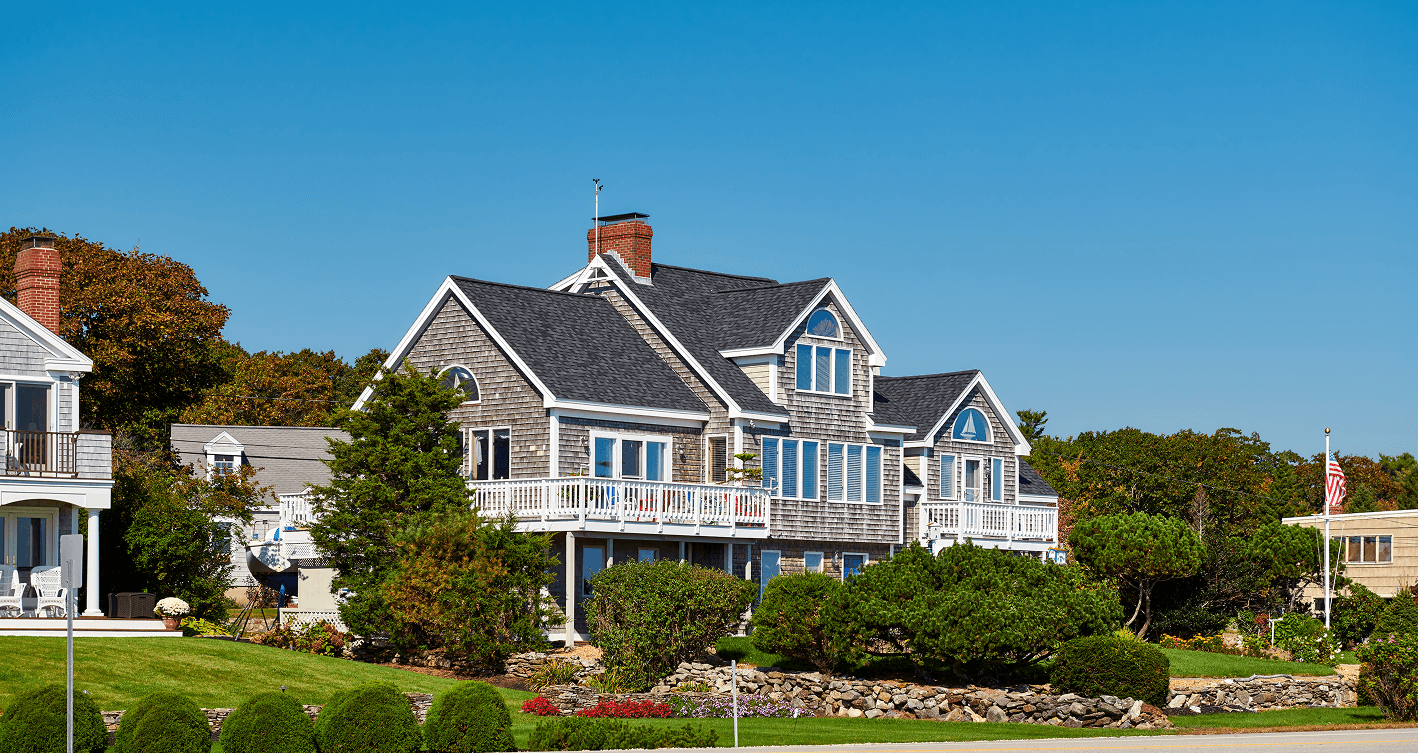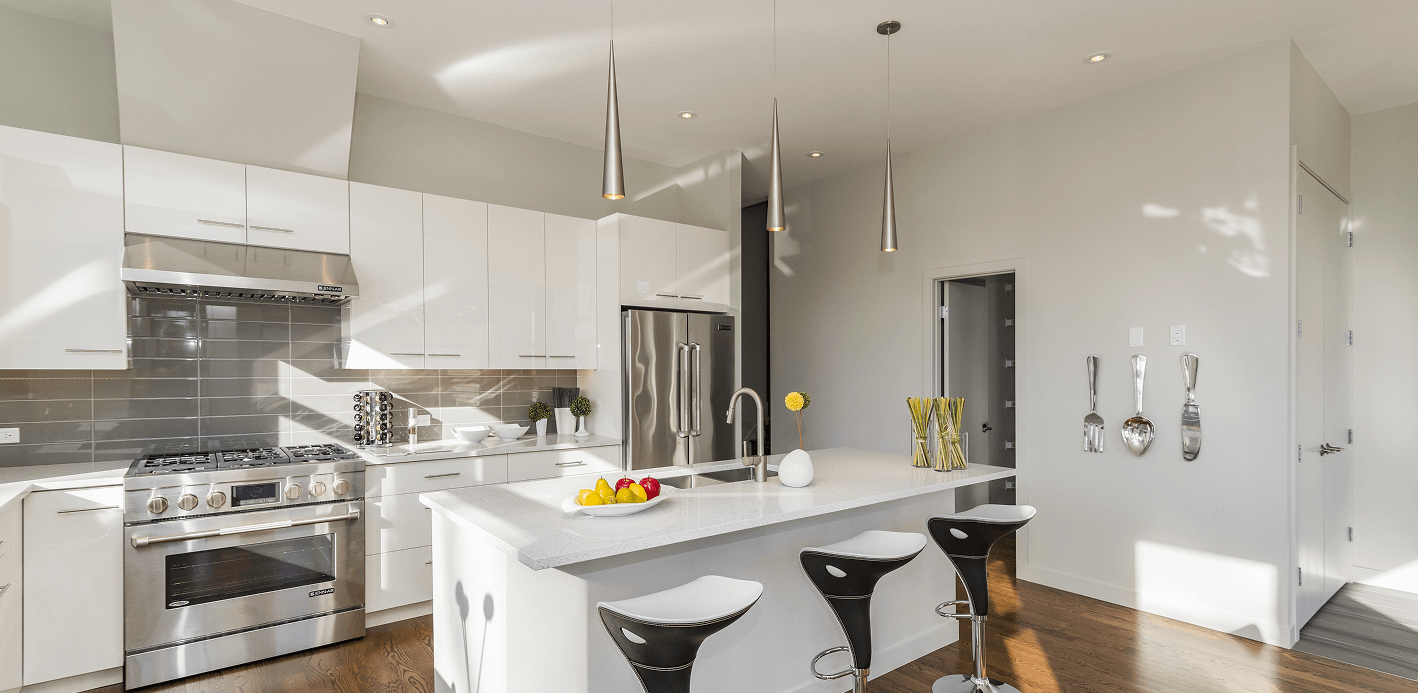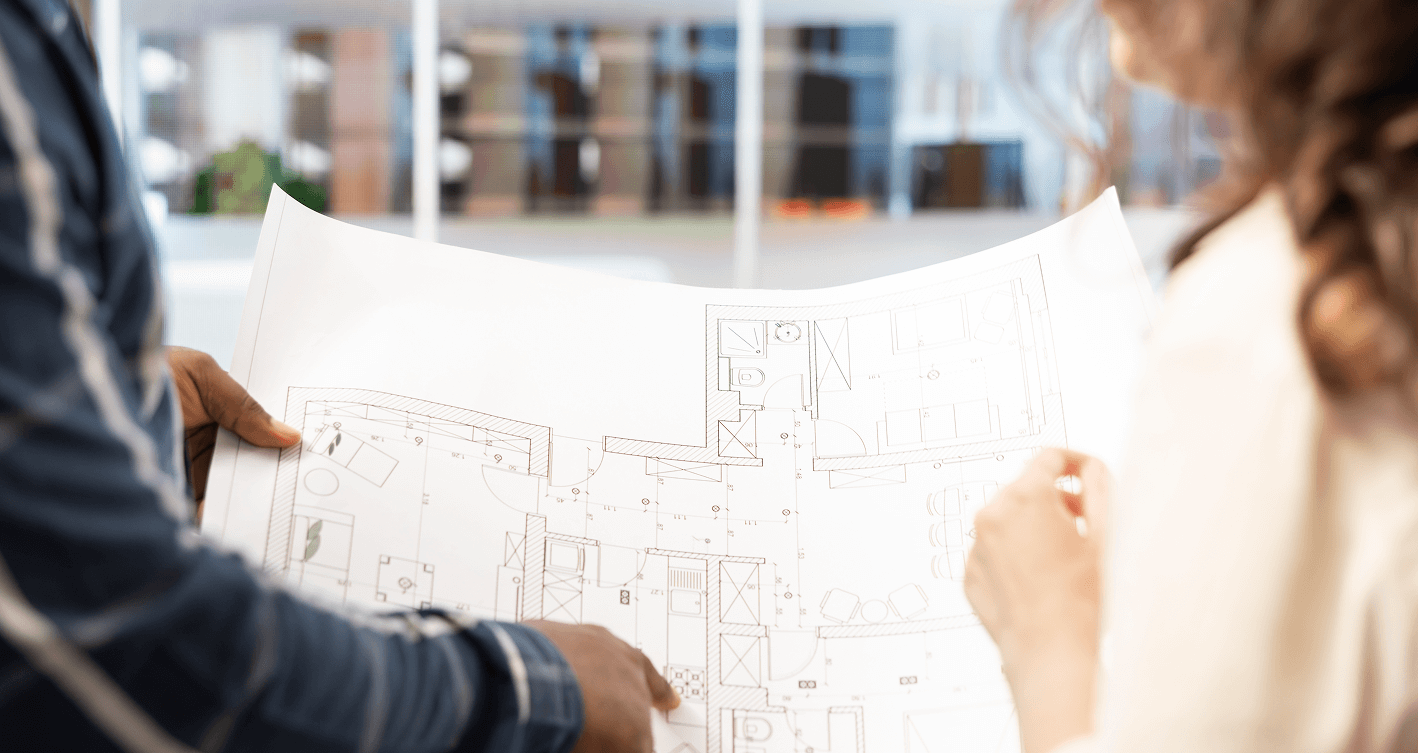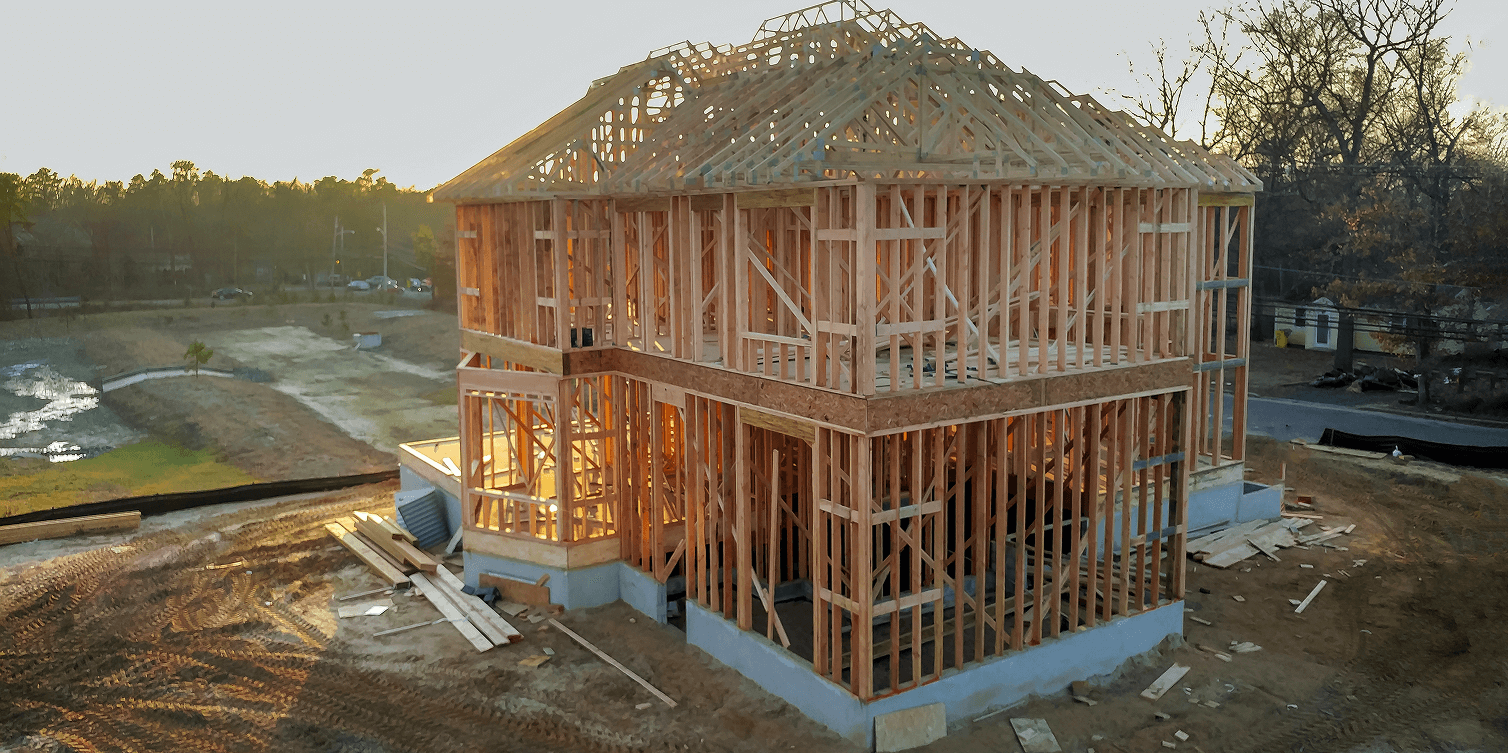The Ultimate Guide to Building a Custom Home on Long Island
Dreaming of a home built precisely to your specifications, perfectly situated on beautiful Long Island? Building a custom home is the ultimate expression of personal style and lifestyle aspirations. It’s an exciting journey, but it can also feel complex and overwhelming. Where do you start? Who do you trust?
This comprehensive guide is designed to demystify the home building process on Long Island. We’ll walk you through each critical stage, from initial concept to final handover, equipping you with the knowledge needed to navigate the journey smoothly and successfully partner with the right custom home builders in Long Island.

Table of Contents
1. Defining Your Vision & Setting a Realistic Budget
2. Finding the Perfect Long Island Location
3. Assembling Your Dream Team: Architect, Designer, and Builder
4. The Design Phase: From Concept to Blueprints
5. Navigating Permits and Approvals
6. The Construction Phase: Bringing Your Home to Life
7. Interior Finishes and Exterior Landscaping
8. Final Walkthrough, Punch List, and Handover
Your Partner in Long Island Home Construction
1. Defining Your Vision & Setting a Realistic Budget
Before any soil is turned, the most crucial step is introspection. What does your dream home look like? How does it function for your family’s lifestyle? Consider:
Size and Layout: Number of bedrooms, bathrooms, open-plan living, dedicated office space?
Architectural Style: Modern farmhouse, coastal contemporary, traditional shingle-style?
Must-Have Features: Gourmet kitchen, spa-like master bath, expansive outdoor living area?
Simultaneously, establish a realistic budget. Building a custom home on Long Island, especially in areas like The Hamptons, involves significant investment. Research the general cost of building a custom home on Long Island and be transparent about your financial comfort zone. This budget will guide every subsequent decision, from land purchase to material selection.
2. Finding the Perfect Long Island Location
Location is everything. Are you drawn to the South Shore’s beaches, the North Shore’s Gold Coast charm, or the exclusive allure of The Hamptons? Consider:
Lot Selection: Evaluate potential sites for size, topography, views, and orientation.
Zoning & Regulations: Understand local Nassau County or Suffolk County zoning laws, setback requirements, and potential environmental restrictions (especially crucial near the coast).
Community & Amenities: Consider proximity to schools, work, shopping, and recreational activities.
An experienced Long Island custom home builder often has insights into available lots or can evaluate a site you’re considering before you purchase.

3. Assembling Your Dream Team: Architect, Designer, and Builder
This is arguably the most critical phase. Your team will translate your vision into reality.
Architect/Designer: Responsible for creating the blueprints and overall aesthetic vision.
Interior Designer: Focuses on the flow, finishes, furnishings, and feel of the interior spaces.
The Custom Home Builder: This is your key partner. The best custom home builders in Long Island act as the central hub, managing the entire project from pre-construction through completion. They oversee subcontractors, manage the budget and schedule, ensure quality control, and are your primary point of communication.
Choosing Your Builder: Look for Long Island custom home builders with a proven track record, a strong portfolio of homes similar to your style, excellent references, transparent communication practices, and comprehensive insurance. (Refer back to our guide: 7 Essential Questions to Ask Before You Hire).
4. The Design Phase: From Concept to Blueprints
This is where your vision takes shape on paper. Working closely with your architect/designer and builder, you’ll go through several stages:
Conceptual Sketches: Initial drawings exploring layout and massing.
Design Development: Refining the floor plans, elevations, and key design features.
Construction Documents: Creating the detailed blueprints and specifications that will be used for permits and construction.
Your builder’s input during this phase is invaluable for ensuring the design is buildable within your budget and identifying potential construction challenges early on.

5. Navigating Permits and Approvals
Building on Long Island involves navigating a complex web of town and county regulations. Obtaining the necessary permits can be time-consuming. An experienced custom home builder deeply familiar with local requirements in Nassau and Suffolk Counties is essential. They will manage the application process, coordinate with officials, and ensure all necessary approvals are secured before construction begins.
6. The Construction Phase: Bringing Your Home to Life
With permits in hand, the physical work begins. Key stages typically include:
Site Preparation & Foundation: Clearing the land and pouring the foundation.
Framing: Erecting the structural skeleton of the home.
Exterior Work: Installing roofing, siding, windows, and doors.
MEP Rough-Ins: Installing plumbing, electrical, heating, ventilation, and air conditioning systems.
Insulation & Drywall: Closing up the walls.
Throughout this phase, regular site meetings and clear communication with your project manager are vital. Expect progress updates and be prepared for decisions regarding unforeseen issues or potential changes.

7. Interior Finishes and Exterior Landscaping
This is where the personality of your home truly emerges. You’ll work with your designer and builder to select and install:
Interior Finishes: Flooring, cabinetry, countertops, tile, paint, lighting fixtures, plumbing fixtures.
Exterior Finishes: Driveways, walkways, patios, final grading.
Landscaping: Planting trees, shrubs, and creating outdoor living spaces.
Quality control is paramount during this stage to ensure every detail meets your expectations.

8. Final Walkthrough, Punch List, and Handover
As construction nears completion, you’ll conduct a final walkthrough with your builder to identify any items needing correction (the “punch list”). Once these are addressed, you’ll have the final inspections, receive your keys, and get documentation on warranties and system operations. A reputable Long Island custom home builder will provide a warranty for their workmanship.

Embark on Your Custom Home Journey with Confidence
Building a custom home on Long Island is a rewarding but intricate process. Having a clear understanding of the stages involved and, most importantly, choosing the right partners makes all the difference. An experienced, communicative, and quality-focused custom home builder is your most valuable asset.
Ready to take the first step towards your dream home? Contact TCR Builders today. As leading custom home builders in Long Island, we have the expertise and dedication to bring your unique vision to life.